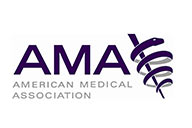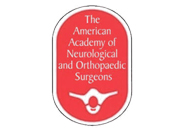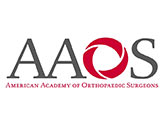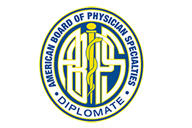Knee Angular Deformities
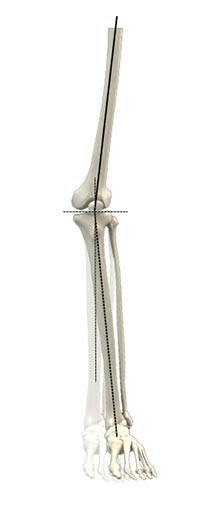
What are Knee Angular Deformities?
Angular deformities of the knee are variations in the normal growth pattern during early childhood and are common during childhood. Physiologic angular deformities vary with age as:
- During the first year: Lateral bowing of tibia
- During the second year: Bowlegs (knees and tibia)
- Between 3-4 years: Knock knees
The condition usually becomes more evident when your child is 2 to 3 years old and normally corrects itself by 7 or 8 years. However, if the condition is not corrected, it could be a sign of an underlying problem that requires treatment.
Types of Knee Angular Deformities
A perfectly aligned knee has its load-bearing axis on an imaginary line that runs through the hip, knee, and ankle. Based on the inward/outward inclination of the head of the tibia/fibula away from this axis, knee angular deformities are classified as:
- Genu valgum (knock-kneed): Head of tibia/fibula (not the joint itself), is inclined away from the midline of the body
- Genu varum (bow-legged): Head of tibia/ fibula is inclined toward the midline of the body
What is Genu Varum?
Bowed legs are very common in toddlers. If a child has bowlegs, one or both legs curve outwards. When your child stands, there is a distinct space between the lower legs and knees. Bowed legs are rarely seen in adolescents. In most of the cases, children with bowed legs are significantly overweight.
Causes of Genu Varum
The common causes of bowed legs include:
- Physiologic genu varum: Most children below the age of 2, show bowing of the legs as a part of the normal physiological process. Normally, the bowing will correct by 3 to 4 years of age and the legs may have a normal appearance.
- Blount’s disease: It is a condition in which there is an abnormality in the growth plate at the upper portion of the tibia (shinbone).
- Rickets: It is a bone disease that occurs in children due to deficiency of calcium, phosphorus or vitamin D, which are essential for healthy bone growth.
- Trauma
- Infection
- Tumor
Symptoms of Genu Varum
The most obvious symptom is bowing of the legs that appears when your child stands and walks. Other common symptoms include an awkward walking pattern and turning in of the feet (intoeing). Bowed legs usually do not cause any pain, however, discomfort in the hips, knees, and/or ankles may occur during adolescence.
What is Genu Valgum?
Knock-knee is a condition in which the legs curve inward at the knees.
Symptoms of Genu Valgum
When your child stands, the knees appear to bend toward each other and the ankles are spread apart.
Causes of Genu Valgum
Knock knees most often develop as a part of the normal growth process. In some cases, especially if your child is 6 years of age or older, knock knees may occur because of other medical problems such as injury of the shinbone, osteomyelitis (bone infection), overweight and rickets.
Diagnosis of Angular Deformities
The diagnosis of bowlegs or knock knees is made through a physical examination. In addition, X-rays may be ordered if your child is older than 2 ½ years and has symmetrical legs.
Treatments for Angular Deformities
Treatment for Bowlegs
As your child grows, the condition usually corrects itself. For children with severe, unresolved bowlegs, your child’s doctor may recommend non-surgical treatment options such as bracing, physical therapy and medications. If non-surgical treatment options do not correct your child’s bowlegs, then surgery is considered.
Treatment for Knock Knees
Most children with knock knees do not require any treatment, but if the condition persists after age 7, then a night brace attached to an orthopedic shoe may be recommended. If the separation between the ankles is severe, surgery may be an option.


